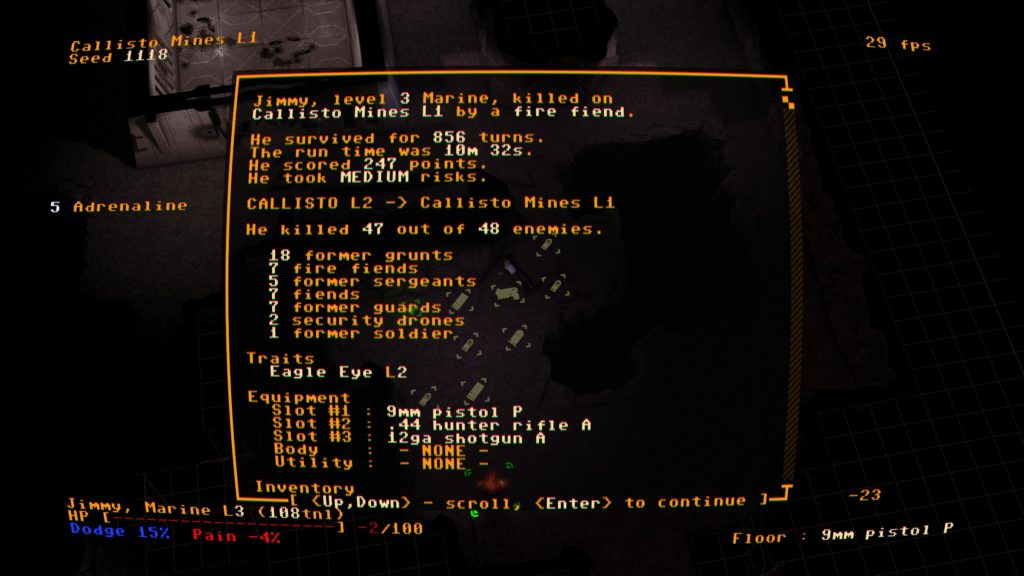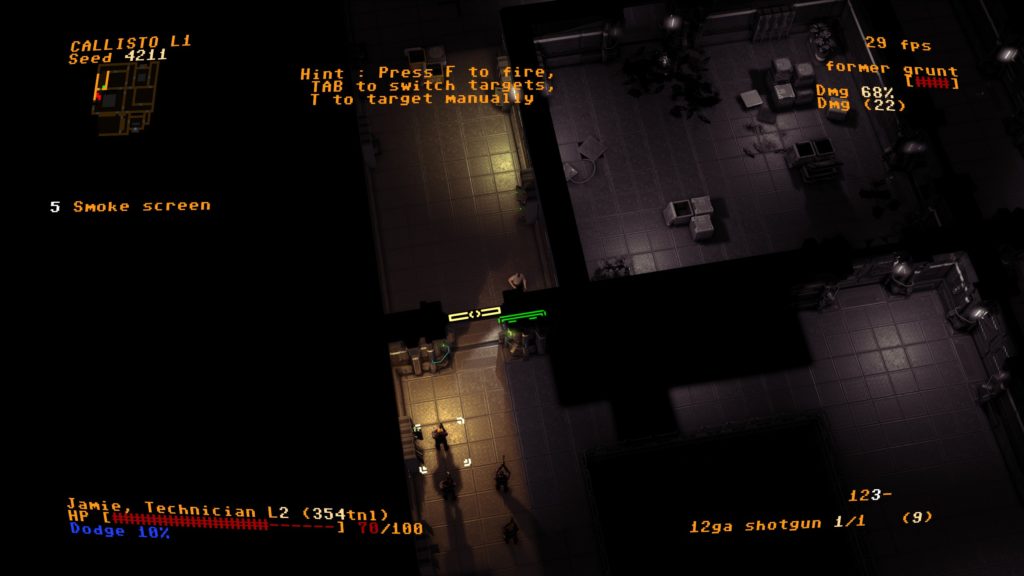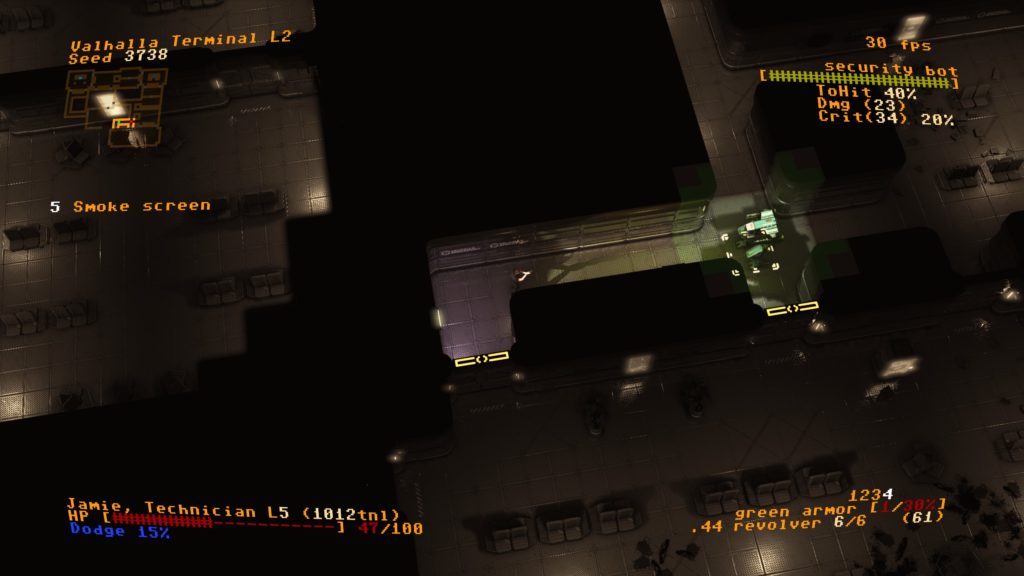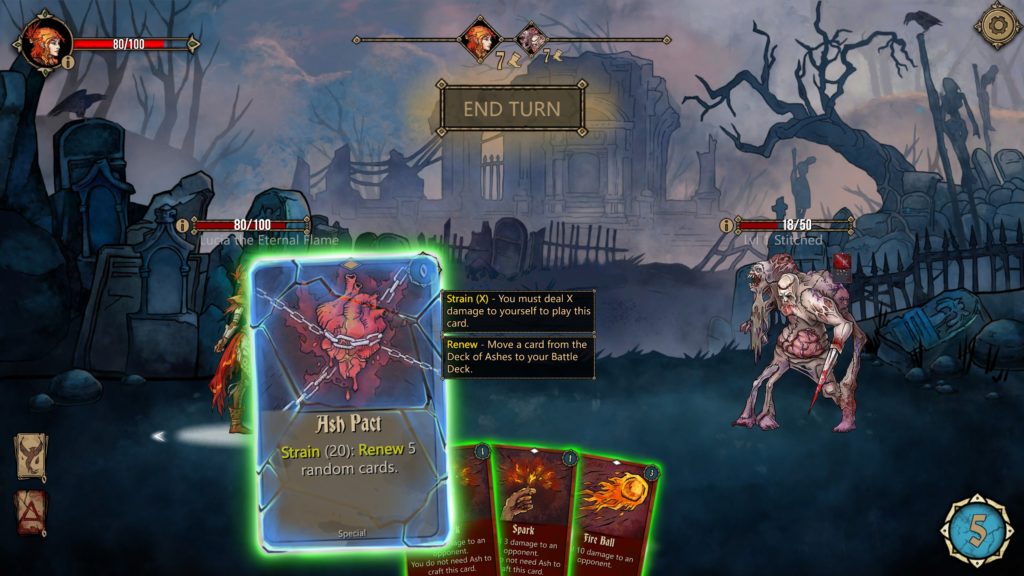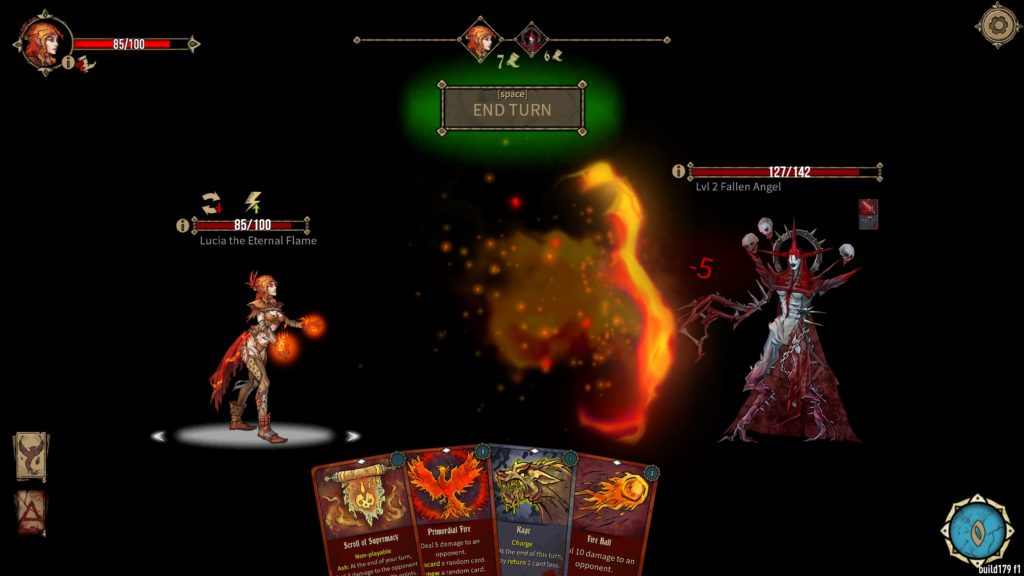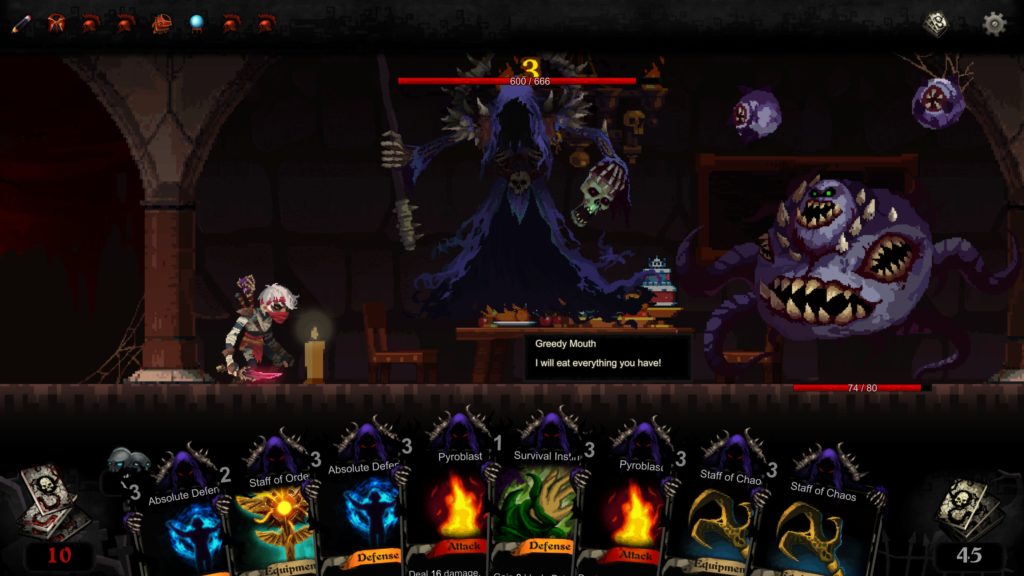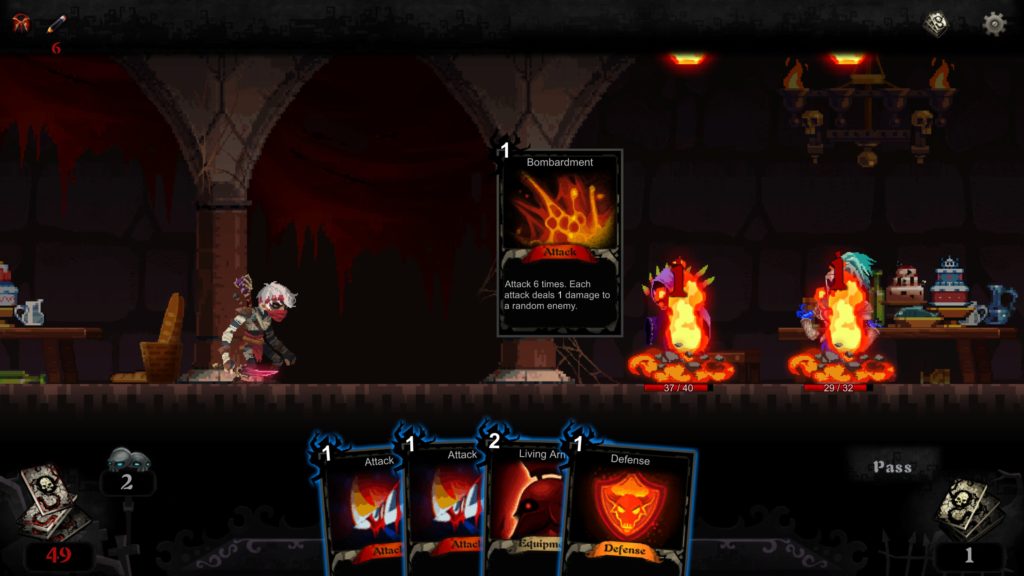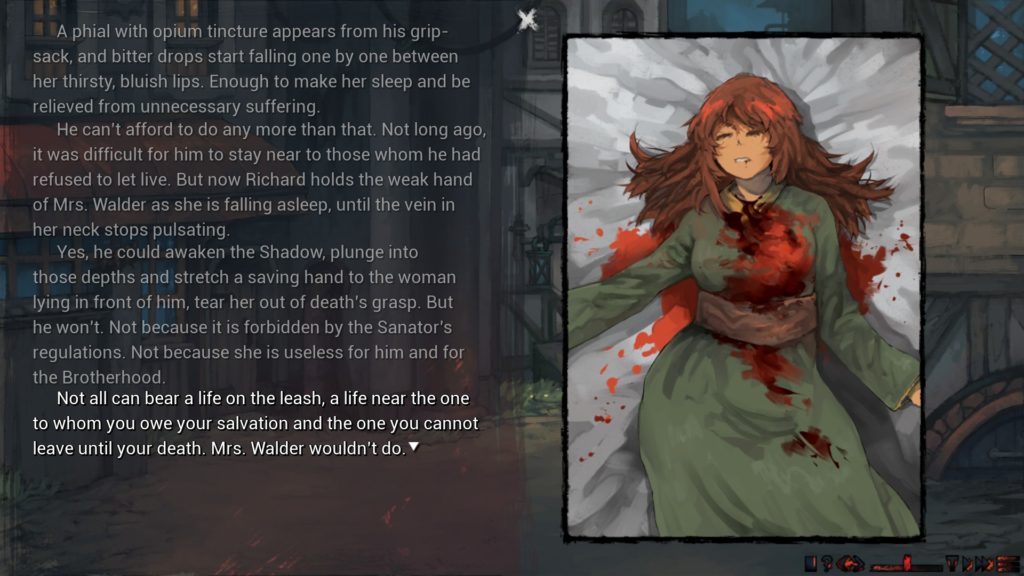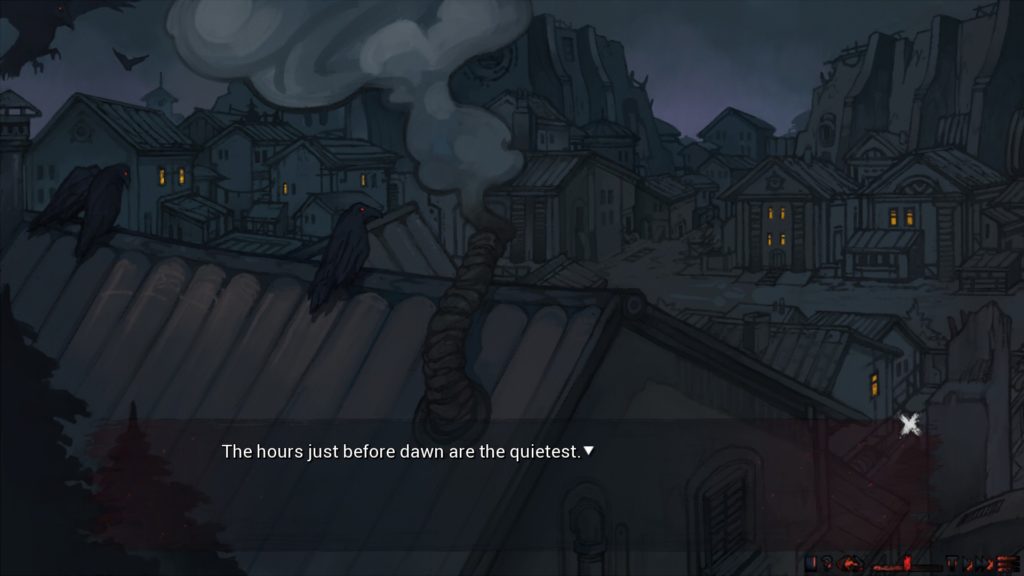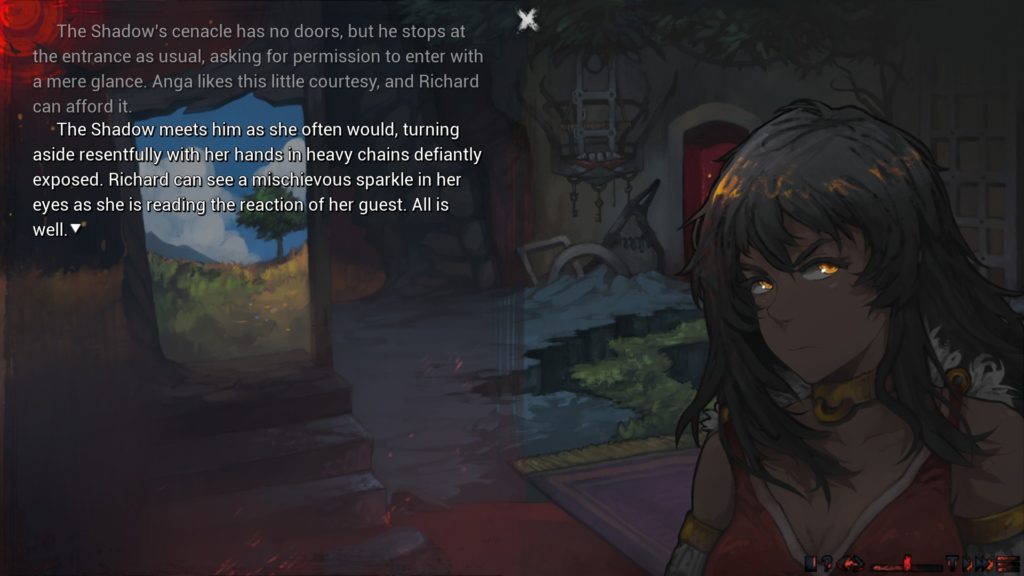Iratus: Lord of the Dead (Early Access Review)

Source: Review Copy
Price: £18.99 (£25.25 for Supporter Edition, £7.59 for upgrade to Supporter Edition)
Where to Get It: Steam
Other Reviews: Release Review
Iratus: Lord of the Dead has, very often, been described to me as “Darkest Dungeon, but you’re the villain.” This isn’t, on the face of it, a wholly inaccurate statement. But it is, in many respects, its own, shambling beast. In a good way.
So, as you might expect from the title, you are a necromancer. One who almost managed to conquer the world, until those pesky heroes shot you down. For a long time, you were locked in a casket (Normally a prelude to insanity, but, let’s face it, that’s Tuesday to a necromancer), but now you’re free, and… Have to escape a four level dungeon complex that was built over your tomb.
Good thing you can create undead, huh?
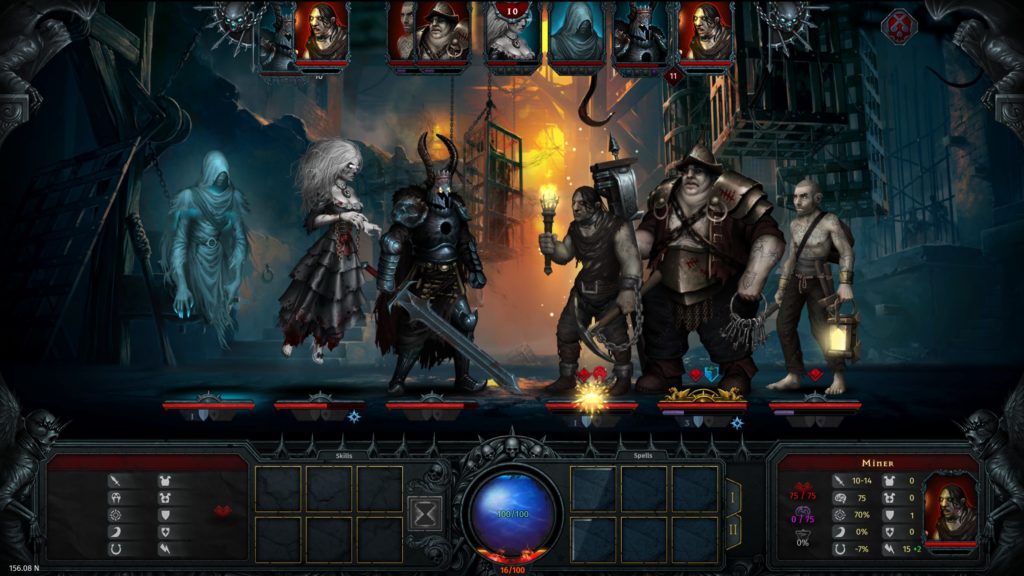
So, combat wise, yes, the game is quite similar to Darkest Dungeon. You have four slots, they have four slots (not always filled), and you have class abilities based on what undead you are. Where it begins to differ, however, is that units have three potential base damage types instead of two. Beyond the “Magic” and “Physical”, you have… “Dread.” And this is where the comparison mainly comes in, as some units specialise in causing sanity damage to enemies, who, after a certain point, will either have some form of insanity (although sometimes, that is a benefit in disguise), or are inspired (get a buff, regain all their sanity, very annoying.) Mixing and matching the two for maximum synergy is highly encouraged, especially as… Not everything has sanity. Lookin’ at you, Golem that wrecked my Dread based party the first run through.
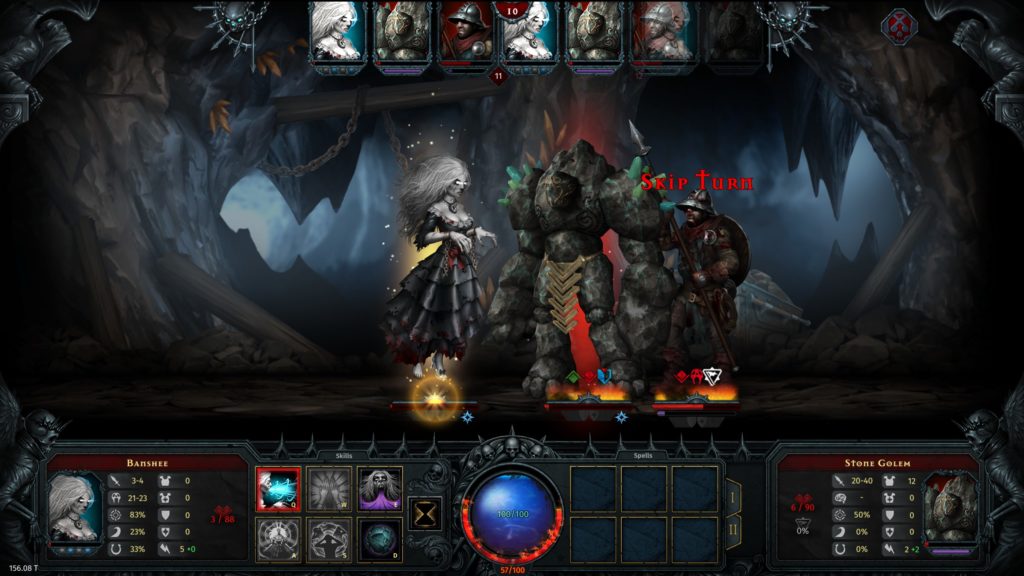
Beyond this, there are only a few similarities. Buildings exist, including the healing building, for sure, but they cost minions as well as resources. Your minions aren’t hired, they’re constructed, from parts of your enemies, or bits you dug up. You can make better parts, spec into spellcasting (I haven’t done this, having too much fun with brains, alchemy, and DREAD), refocus your minions using two choices of ability change per ability, and the dungeon itself is procgenned, sure, but it’s a map where you know roughly what’s ahead, ahead of time (Although enemy composition was, until the most recent updates, a mystery.)
So, in short, it’s got a lot of depth, and the game even has little things to help you recover from losses (brains, for example, automatically level up an undead to the same level as the brain, allowing you to quickly get units of comparable strength to the ones you lost onto the field), and I don’t really have any complaints mechanically. Similarly, aesthetically, the game is pretty clear, the music is suitably ominous and villainous, the soundwork is fine, and Iratus… Well, Iratus’ snark game is on point. Okay, maybe one gripe: Every female minion is of the big-breasted, eerily attractive variety. But mileage varies on that gripe, for obvious reasons.
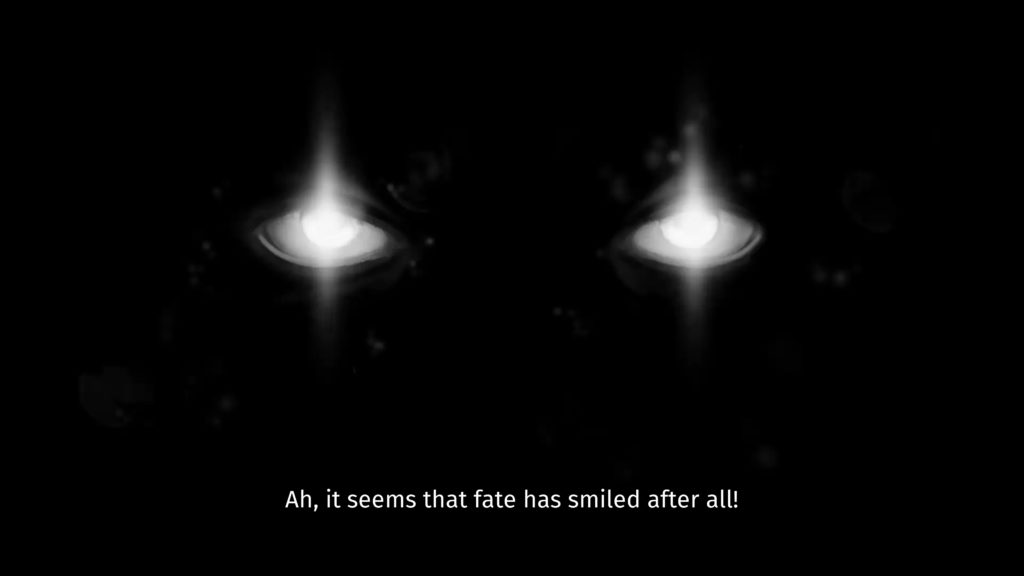
So, what we have here, essentially, is a pretty polished turn-based strategy/roleplaying hybrid, which I quite like, and seems to be well on track to being a fine release.
The Mad Welshman always appreciates villainous snark. It expands his own repertoire, for the next heroic break in of his lair. So much tidying up afterwards…


